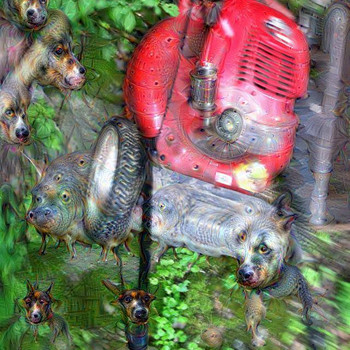Are components or combinations of components with common currents, in a series–parallel circuit, in parallel with each other?
1 Answer
If two components have a common current running through them, they are in series.
This can be shown to be a consequence of Kirchoff's Current Law (KCL). It states that the sum of all currents flowing into a node must be exactly equal to the sum of the currents flowing out of a node. If a combination of components share a common current, there must be a node where current from one flows in and current to the other flows out.
Two resistors connected in series will act this way. The connecting node between the two will receive current from the one and pass it along to the other. Both components share a common current.
If the two resistors were in parallel there would be a common node on each end of the pair. Current would flow into one of the nodes and current would flow out of the other. But different currents would be flowing through each of the resistors.
All sets of components can be considered in this simple way. If you can find a common node where all the current flows from one to the other, the two sets of components are in series. Often, these sets of components, while quite complex, can be modeled as a simple resistor, or a LRC circuit.

